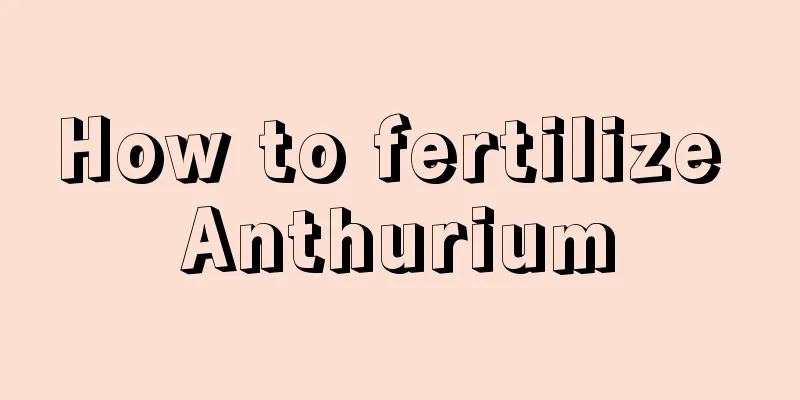Monstera bonsai making

Cutting stageA good bonsai usually starts from cuttings. In mid-March, cut a stem with leaves and aerial roots from the mother plant, cut off the leaves and aerial roots, and apply wood ash on the cut for disinfection. Insert it into wet soil, and then add a layer of sand on the surface. The temperature in the north is relatively low at this time, so you can cover the pot with a layer of plastic film to keep it warm, and place the potted plants in a sheltered place. Planting dwarfing stageIf you want to grow a short and sturdy Monstera, dwarfing is a necessary step. The cuttings can be transplanted when they grow 1 to 2 leaves. Before planting, prepare humus soil and a flower pot with a diameter of 20 cm. Put a layer of tiles in the flowerpot, then cover it with river sand, coal slag, and then humus soil. Then take out the seedlings and plant them with the old stems 1/3 of the way to the edge of the pot and the new shoots towards the center of the pot. Then fill the soil. When it is 1/2 full, gently compact it with your hands, add water, and shake the flower pot slightly to allow the roots to fully contact the soil. Finally, fill in the remaining soil to cover the old stems, and then gently press it again to level the soil. After planting, place the plants in a windproof place to prevent them from falling off. To keep the plants short, watering must be strictly controlled. Don’t water the soil unless it’s dry, and don’t apply fertilizer unless it’s insufficient. Modeling stageWhen the new seedlings grow 2 to 3 turtle-shaped leaves after planting, they can be shaped and cultivated. The pot can be a glazed round pot with a diameter of 20 cm and a height of 5 to 7 cm, or a shallow rectangular scape pot. Humus soil is still used as the cultivation soil. You can first take the plant out of the planting pot and cut off the withered and weak cutting stems and old leaves. Place the plant in the pot with the tail 2 cm away from the edge and the head facing the center. Lift the plant with your left hand so that it is suspended in the air. When the stem is 5 to 7 cm higher than the mouth of the pot, slowly add soil into the pot with your right hand. When 1/2 is added, gently press it down. According to the growth order of aerial roots, divide them into the shape of an "eight" on the left and right sides to form a turtle's foot shape, then fill in the other half of the soil and compact it, water it thoroughly, and place it in a sheltered place. In this way, a potted Monstera shaped like a turtle is completed and can be served on the table for viewing around National Day. Introduction to MonsteraCurtain StylePlant 3 plants in a tripod shape in a hanging pot and let them grow freely. The main stem will spread out and hang outside the pot like a green curtain, fluttering in the wind, which is very interesting. VerticalPlant 4 plants on the edge of the pot and 1 plant in the middle. After they take root, prune them frequently to shape them. Keep each plant with 4 to 6 leaves so that it grows upright. If individual stems and vines tilt slightly to the left or right, the shape of the plant will change, and the ornamental effect will be better. ColumnSet it up in a pot and plant 3 plants around it, allowing them to climb the column and grow with aerial roots penetrating into the column. During daily maintenance, watering and fertilizing the columns can promote the growth of Monstera, and eventually form green columns with lush stems and leaves. WindowPlace a pot of mini Monstera on each side of the window frame, allow the stems to grow upward along the window frame, and when they reach the top, bend to the left or right, and then bend downward at the corner. In this way, the branches and leaves cover the entire window frame, forming a green window decoration. |
<<: How to make honeysuckle bonsai
>>: How to grow potted violets
Recommend
When is the best time to transplant Camellia sasanqua (Camellia sasanqua transplanting time and precautions)
The plant Camellia sasanqua is usually transplant...
Knowledge on cultivation and care of Lycoris
temperature Many members of the Amaryllis family ...
How to save seeds of loofah
Where do loofah seeds come from? Luffa is a plant...
When is the best time to plant lotus root?
Lotus root is a root vegetable that mainly grows ...
Are peony flowers poisonous?
1. Is it toxic? It is non-toxic and can be grown ...
How to propagate Cleome
Cutting medium It is the nutrient soil or river s...
Moringa seeds benefits and how to eat them
1. Efficacy 1. Nutritional supplement It contains...
How to make aloe vera leaves thicker
1. Breeding methods 1. Soil: The roots of this ty...
The efficacy and function of coltsfoot
1. Relieve cough and eliminate phlegm Coltsfoot h...
When is the best time to plant strawberries?
Strawberry planting time If you are planting stra...
How to grow Christmas cactus quickly
1. Lighting Some flower lovers may wonder, isn’t ...
How to grow Autumn Lily
1. Maintenance methods 1. Temperature: Autumn lil...
Potato high-yield planting technology and management methods
Potatoes prefer to grow in fertile, well-drained ...
Cultivation methods and precautions of tea oil
1. Maintenance methods 1. Soil: Camellia oleifera...
Diseases and prevention methods of the Chinese lucky charm
Heart rot and root rot of the genus Both conditio...









